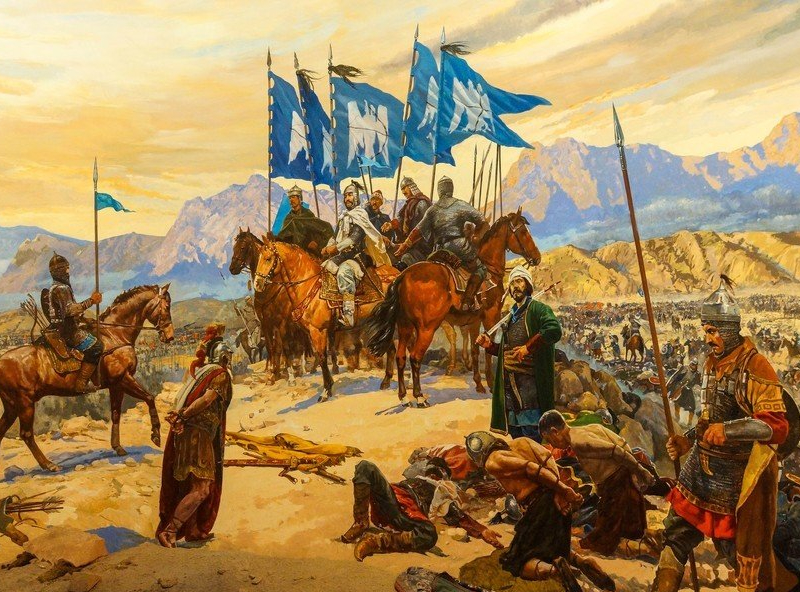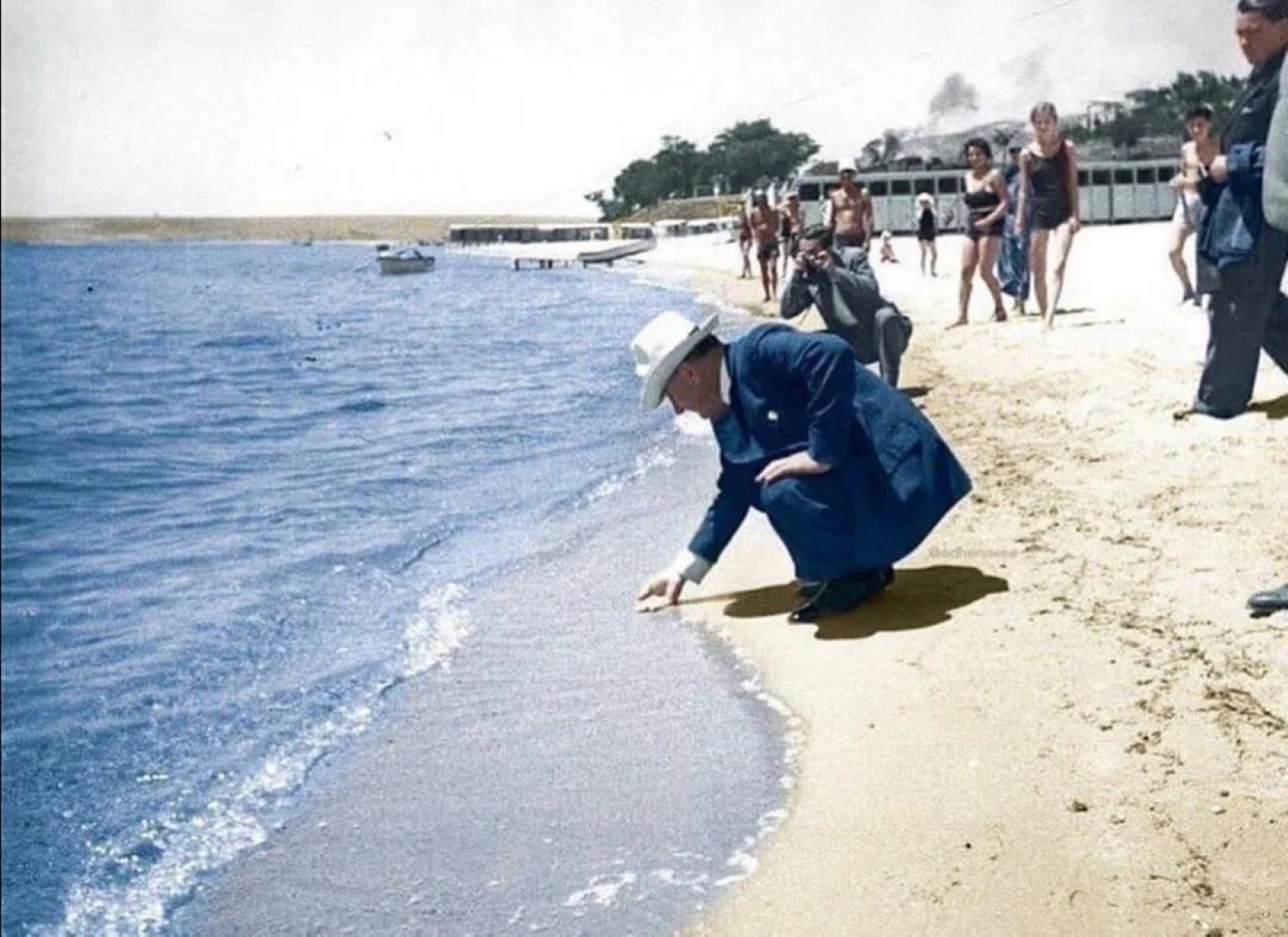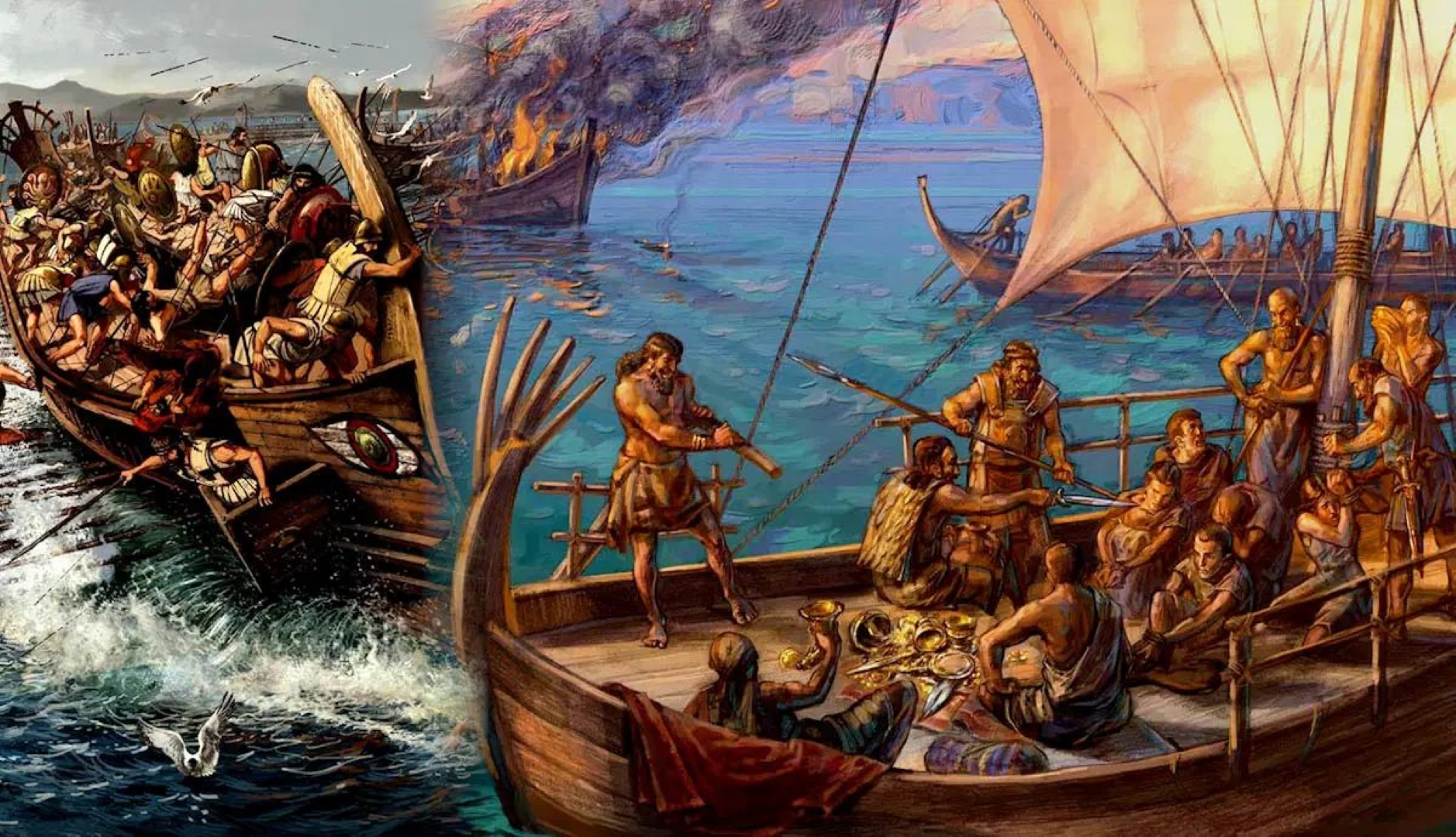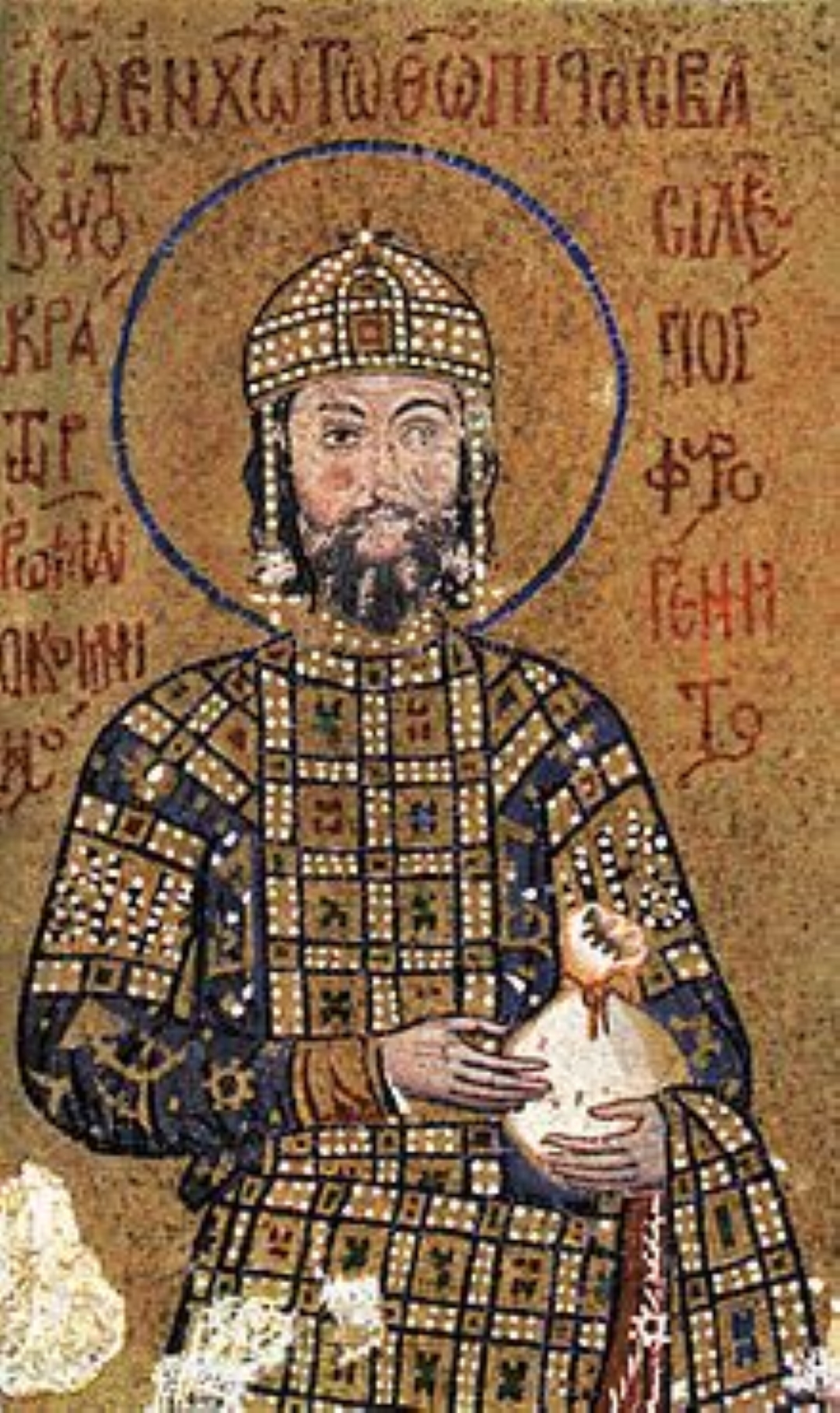Tens of Millennia Old History Caravan here in Alanya
Have you ever wondered what secrets lie beneath the sun-kissed shores of the Turkish Riviera? What if we told you that the very ground you walk on in Alanya has witnessed over 20,000 years of human civilization, from ancient pirates to powerful sultans? Welcome to a captivating journey through time, where every stone tells a story and every monument whispers tales of empires that once ruled the Mediterranean.
As Turkey's archaeological sector continues to flourish -with 720 archaeological studies conducted in 2023 alone, up from 765 in 2024- Alanya stands as a testament to the region's incredible historical wealth. Recent discoveries in the broader Antalya region have yielded 886 significant artifacts in 2024, with 527 being housed at the Side Museum and the remainder distributed among the Antalya Archaeological, Alanya and Demre Museums, showcasing the ongoing importance of this ancient land.

The Dawn of Civilization: Prehistoric and Ancient Foundations
From Stone Age to Classical Antiquity
The story of Alanya begins in the mists of prehistory. Archaeological evidence traces settlements in the Alanya area back 20,000 years, with finds in the nearby Karain Cave indicating occupation during the Paleolithic era. This extraordinary timeline places Alanya among the longest continuously inhabited areas of the Mediterranean, a distinction that sets it apart as a cornerstone of human civilization.
The earliest recorded name for this strategic peninsula was Coracesium (Greek: Korakesion), derived from the Luwian word "Korakassa," meaning "point/protruding city". This ancient designation perfectly captures the geographical essence of Alanya—a rocky promontory jutting boldly into the Mediterranean, naturally fortified and irresistibly attractive to successive civilizations.
The Persian and Hellenistic Periods
By the 4th century BC, Coracesium was ruled by the Persians, like the rest of the Cilicia region. The city's strategic importance became evident when around 197 BC, the mighty Seleucid king Antiochus III the Great attempted to besiege Coracesium but failed, demonstrating the formidable defensive capabilities of this natural fortress.
This successful resistance to one of the most powerful rulers of the Hellenistic world established Alanya's reputation as an impregnable stronghold—a characteristic that would define its role throughout history.
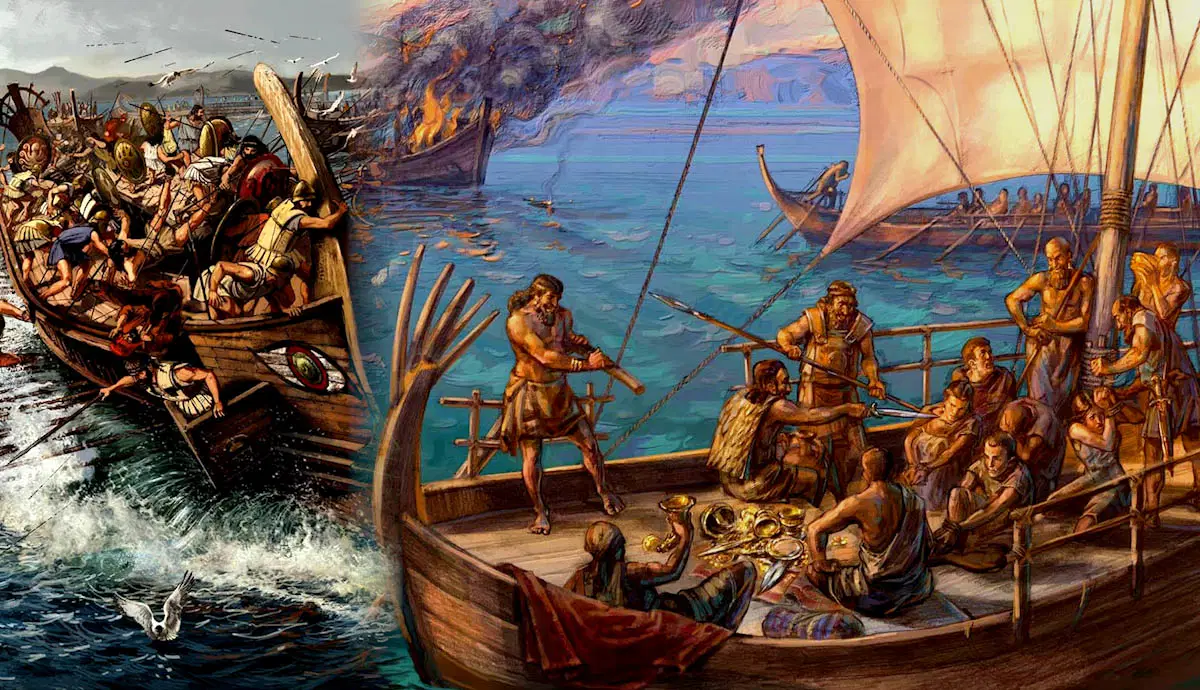
The Age of Pirates and Roman Conquest
Mediterranean Pirates' Last Stronghold
Perhaps no period in Alanya's ancient history is more dramatic than its role as the capital of Mediterranean piracy. From 137 BC, the pirate leader Diodotus Tryphon made Alanya his headquarters, transforming it into the center for all Cilician pirates who plundered the eastern Mediterranean for over a century.
The pirates' choice of Coracesium was strategic brilliance: the bay provided natural shelter, and the promontory's perpendicular cliffs formed a natural fortress that seemed impregnable. For generations, these maritime raiders threatened Roman grain ships and even kidnapped Roman citizens for ransom, creating a crisis that reached the very heart of the Roman Empire.
Pompey's Decisive Victory
The pirate threat grew so severe that in 67 BC, the Roman Senate granted Pompey the Great extraordinary authority (imperium infinitum) to eradicate piracy from the Mediterranean. The final confrontation came at the Battle of Korakesion, fought in Alanya's very harbor, where Pompey's fleet of 500 ships achieved a decisive victory.
This momentous battle marked the end of the pirate age and Alanya's incorporation into the Roman Empire as part of the Pamphylia province. Legend tells us that Mark Antony later gifted the city to Cleopatra VII, along with all of Cilicia, and that the famous beach at the foot of the castle—now known as Cleopatra Beach—was his romantic present to the Egyptian queen.
Roman Urban Development
Under Roman rule, Coracesium experienced unprecedented prosperity, growing large enough to mint its own coinage and developing into a significant urban center. The city's strategic position continued to make it a crucial link in Mediterranean trade networks, setting the foundation for its future importance.
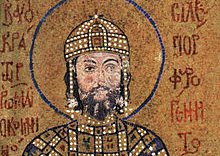
Byzantine Transformation and Christian Heritage
From Coracesium to Kalonoros
Following the division of the Roman Empire in 395 AD, the city became part of the Byzantine Empire and was renamed Kalonoros (Greek: Καλόν Ὄρος), meaning "beautiful mountain". This poetic name, used by sailors and mapmakers, reflects the Byzantine appreciation for the site's natural beauty.
The Byzantine period brought significant religious transformation. Coracesium became a bishopric, with its bishops participating in major church councils: Theodulus at the First Council of Constantinople (381), Matidianus at the Council of Ephesus (431), and Obrimus at the Council of Chalcedon (451).
Challenges and Resilience
The 7th century brought new challenges as Arab raids led to the construction of new fortifications, though the city continued to be mentioned in ecclesiastical records as late as the 12th or 13th century. After the Battle of Manzikert in 1071, the area fell to Seljuk Turks, only to be recovered by John II Komnenos in 1120, demonstrating the strategic tug-of-war that characterized this era.

The Golden Age Seljuk Supremacy and Alaeddin Keykubad
The Rise of a Sultan
The most transformative period in Alanya's history began in 1221 when Sultan Alaeddin Keykubad I of the Anatolian Seljuk Empire captured the city from an Armenian ruler, Kir Fard. This conquest marked the beginning of what historians consider the most brilliant period of the Anatolian Seljuk Empire.
The Seljuks in Alanya brought unprecedented prosperity and architectural grandeur. Keykubad renamed the city "Alaiye" (علائیه) in honor of himself, and it became his winter palace and administrative center. This was no mere conquest—it was a complete transformation that would define Alanya's character for centuries to come.
The Great Building Campaign
Keykubad sponsored a large-scale building campaign across Anatolia, with Alanya receiving some of his most impressive works, including Alanya Castle and the iconic Red Tower (Kızıl Kule). The castle, built on a 250-meter-high rocky peninsula, featured a 4-mile-long wall dotted with 140 towers.
The historical places in Alanya from this period represent the pinnacle of Seljuk military and civilian architecture. The five-arched shipyard (tersane)stretches 56.5 meters across the façade and 44 meters in depth, making it the first Seljuk shipyard in the Mediterranean. With this achievement, Keykubad earned the title "Sultan of the Two Seas," having previously built the Sinop Shipyard on the Black Sea.
Maritime Power and Trade Networks
Keykubad's emphasis on trade was a cornerstone of his success. Based on the major ports of Antalya and Sinop conquered by his father, he expanded the country's coastline and gave paramount importance to naval development and north-south trade routes. His agreements with the Republic of Venice and the Kingdom of Cyprus significantly strengthened Seljuk merchants' positions in regional trade.
Cultural Renaissance and Religious Tolerance
As Alaeddin Keykubad I's winter palace during the Seljuk period, Alanya housed one of the most important palace structures of the era and served as an administrative center. The sultan maintained excellent relations with both Muslim and Christian citizens, and when he returned from the Battle of Yassı Çemen near Kayseri, Muslims with their Imams and Christians with their priests welcomed him with musical instruments.

Medieval Transitions and Ottoman Integration
Post-Seljuk Challenges
The Mongol invasion broke down Seljuk control, and the city fell to a series of beyliks, including the Karamanoğlu dynasty, and even to Lusignans from Cyprus. The city was sold by the Karamanoğlu dynasty in 1427 to the Mamluk dynasty before Sultan Mehmed the Conqueror incorporated it into the growing Ottoman Empire in 1471.
Ottoman Administrative Evolution
In 1571, the city was organized into the province of Cyprus, later under Konya, and in 1868 under Antalya, as it remains today. After the Ottomans conquered and pacified the area, the castle's role shifted from purely defensive to residential, with many villas built inside the walls during the 19th century.
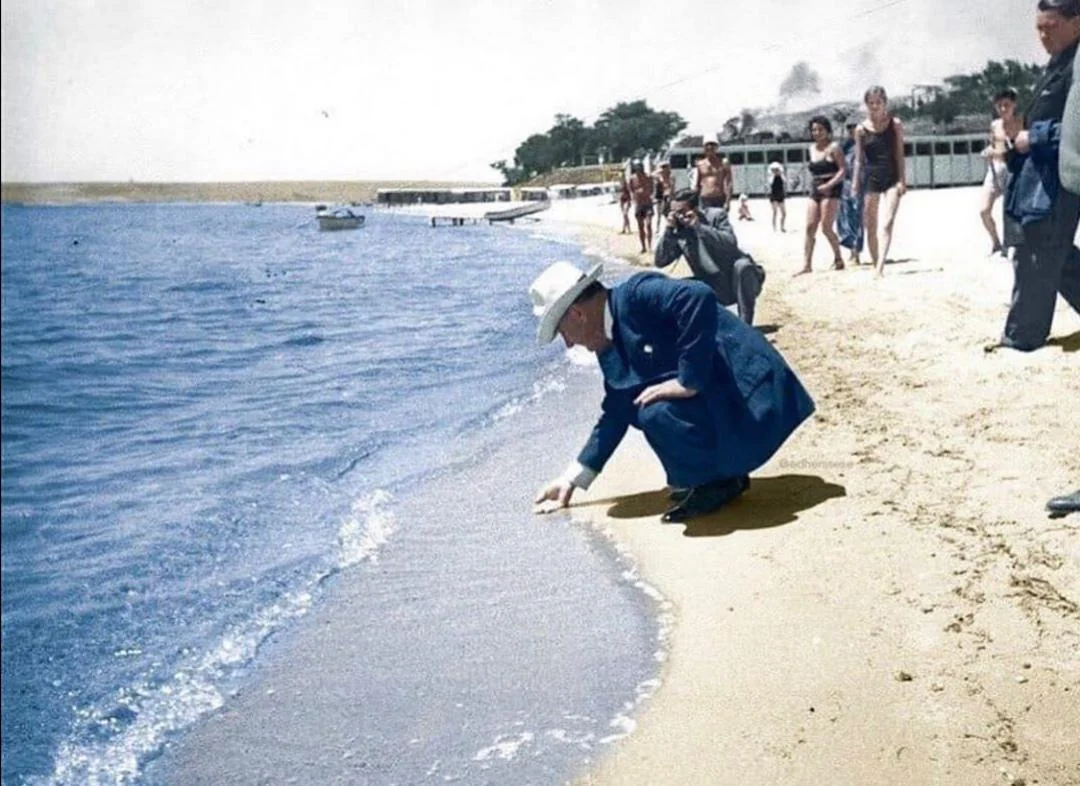
Modern Renaissance and Archaeological Discoveries
Birth of Modern Alanya
In 1935, Mustafa Kemal Atatürk visited the city and finalized its name as "Alanya" in the new Turkish alphabet, reportedly due to a misspelled telegram from 1933. This symbolic renaming marked the beginning of modern Alanya's journey from a quiet agricultural town to Turkey's premier Mediterranean destination.
Contemporary Archaeological Significance
Today's Alanya continues to reveal its ancient secrets. The region surrounding Alanya has been particularly active in recent archaeological work, with significant discoveries including ancient artifacts and architectural remains that continue to reshape our understanding of Mediterranean history. Notable recent finds include decorative glass panels crafted using the "millefiori" technique at nearby Myra-Andriake and surprising archaic discoveries at Phaselis that could reshape historical understanding of the Mediterranean region.
A Living Museum
Today, Alanya Castle functions as an open-air museum, with much of the area inside the walls open to the public. The site represents a unique palimpsest of civilizations, where cultural remains from Bronze Age settlements through Hellenistic, Roman, Byzantine, Seljuk, Armenian Kingdom of Cilicia, and Ottoman periods can be examined using archaeological methods.
UNESCO Recognition and Global Significance
Alanya Castle's inclusion on the UNESCO World Heritage tentative list testifies to its diverse and sprawling history, with over 6 kilometers of defensive walls reinforced by 140 bastions and 400 cisterns making it perhaps one of the best-defended cities in the Mediterranean.
The story of Alanya exemplifies the broader narrative of Mediterranean civilization—a tale of cultural synthesis, architectural innovation, and historical continuity that spans millennia. From its prehistoric origins to its role as a modern cultural tourism destination, Alanya stands as a living testament to human resilience, creativity, and the enduring appeal of this remarkable corner of the world.
